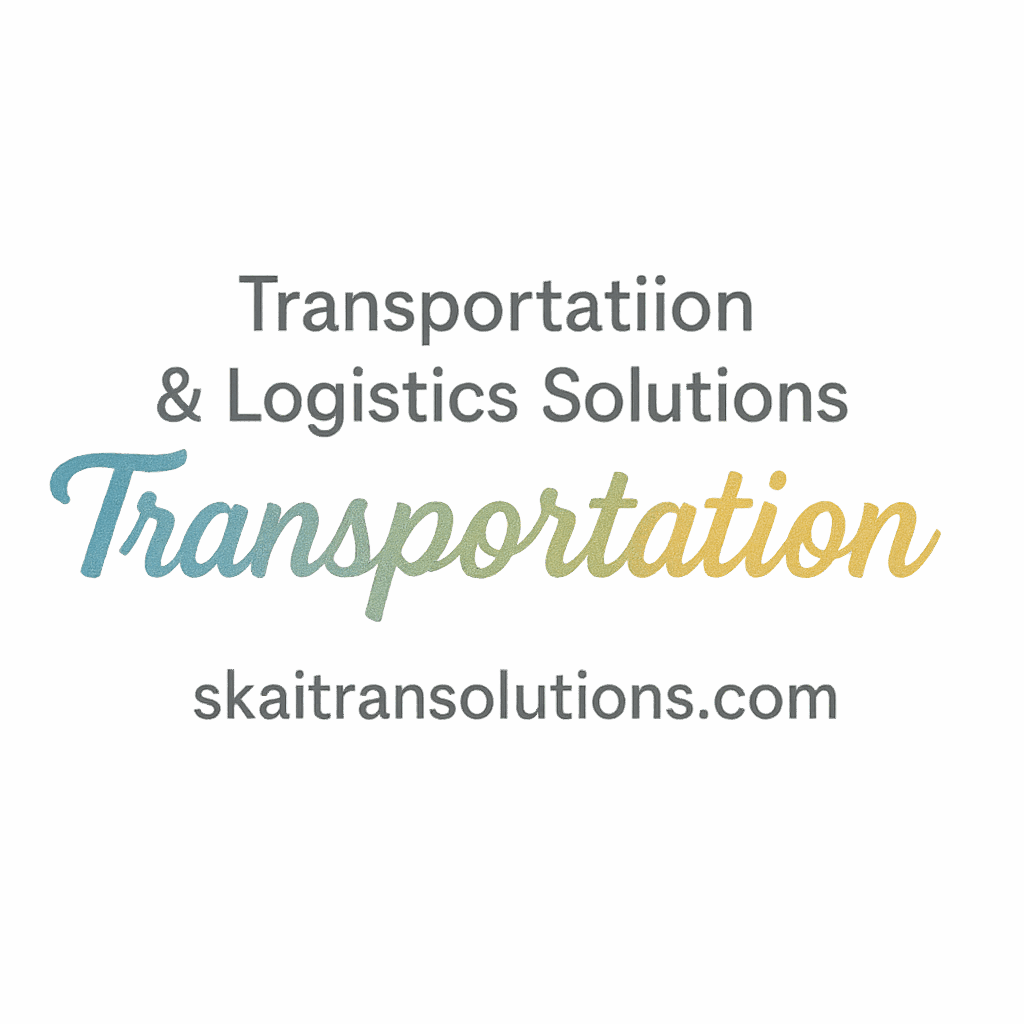Introduction: Why Cargo Routing Matters More Than Ever
Let’s face it—time is money, especially in the world of logistics. Every extra mile, every unnecessary stop, and every delayed shipment could be eating away at your profit margins. That’s why cargo routing is no longer a back-office detail; it’s a mission-critical strategy.
With the right routing approach, you not only save on fuel and labor but also boost customer satisfaction and reduce wear and tear on your fleet. The best part? Many of these strategies are easier to implement than you might think.
In this article, we’ll dive into six proven cargo routing strategies to help you save time, slash operational costs, and gain a competitive edge.
The Cost of Inefficient Routing
Hidden Time Wasters in Your Supply Chain
Ever had that feeling that something is slowing you down—but you can’t quite put your finger on it? That’s the silent drag of inefficient routing. Drivers taking longer paths, poorly planned delivery windows, or underutilized vehicles can bleed your budget dry.
According to industry reports, poor routing can increase transportation costs by up to 15%. Multiply that across hundreds of routes, and we’re talking serious cash.
How Delays Affect Customer Trust and Profitability
Late deliveries don’t just damage your bottom line—they damage your reputation. In today’s world of two-day shipping expectations, customer loyalty hinges on reliability.
Want to lose a customer? Miss a delivery. Want to keep them for life? Show up early and under budget. Efficient cargo routing is the engine that powers that trust.
Strategy #1: Leverage Real-Time Data for Smarter Decisions
What Is Real-Time Cargo Routing?
Real-time cargo routing means adjusting routes on the fly based on live data—traffic, weather, road closures, or customer updates. Think of it like GPS for logistics, only smarter and connected to your entire supply chain.
Benefits of Dynamic Data-Driven Routing
By leveraging real-time insights, you can:
- Reroute around traffic or weather issues.
- Prioritize high-value or time-sensitive deliveries.
- Respond instantly to breakdowns or delays.
Platforms like SkaiTran Solutions specialize in harnessing data to create smarter, real-time routing solutions. This not only enhances customer experience and safety but also drives efficiency.
Strategy #2: Optimize Multi-Modal Transportation Networks
When to Mix Air, Rail, Road, and Sea
Why put all your freight on the highway when there’s a faster, cheaper route available through a rail-air combo? Multi-modal routing uses two or more transport modes to reduce delivery time and cost.
Reducing Costs with the Right Mode Combination
Using rail for long-hauls and trucks for last-mile delivery can reduce both fuel costs and carbon footprint. This kind of strategic combination helps enhance your logistics and supply chain solutions.
Want to move cargo smarter? Think beyond the road.
Strategy #3: Embrace AI and Predictive Analytics
Forecasting Delays Before They Happen
AI can forecast shipment delays based on thousands of variables: weather trends, past performance, historical traffic. It’s like having a crystal ball—but one powered by data.
Machine Learning in Routing Algorithms
With machine learning, your routing system gets smarter over time. It learns which roads clog during rush hour, which docks take longer to unload, and how to avoid them. This innovation is a growing trend in transportation technology.
You don’t need to be a tech giant to benefit from it. The future of routing is intelligent—and it’s already here.

Strategy #4: Route Consolidation and Load Optimization
Reduce Empty Miles with Better Load Matching
Empty trucks are money pits. Load optimization ensures that every vehicle carries as much freight as possible, with consolidated routes that reduce fuel and labor costs.
Collaborate with Carriers and Partners for Efficiency
Working closely with 3PLs and local carriers helps you match cargo volumes and minimize partial loads. This is a prime cost reduction tactic for freight-dependent businesses.
Strategy #5: Implement Geo-Fencing and Smart Tracking
Automating Checkpoints and Updates
Geo-fencing allows your system to automatically update customers when a vehicle enters or leaves a specific zone. No more “Where’s my shipment?” calls.
Boosting Safety and Accuracy Through Tracking
Smart tracking helps enforce compliance standards and improves driver accountability. Plus, it enhances safety inspections and reduces risk.
Strategy #6: Use KPI-Driven Routing Adjustments
Monitor What Matters: KPIs for Cargo Routing
You can’t improve what you don’t measure. Tracking key KPIs—like average delivery time, cost-per-mile, on-time percentage—gives you a roadmap for continuous improvement.
Adjusting Routes Based on Performance Metrics
Analyzing metrics helps you cut underperforming routes and double down on what works. Let the numbers drive your strategy.
Real-World Results: How Smart Routing Saves Businesses
Case Study Insights
Companies that adopt these strategies report:
- 10-25% cost savings
- 30% fewer delivery delays
- 15% reduction in customer complaints
ROI From Routing Optimization
Routing improvements often pay for themselves within months. Think of it like tuning an engine—it runs smoother, uses less fuel, and lasts longer.
The Role of Technology in Routing Transformation
SkaiTran Solutions: Your Partner in Smart Cargo Routing
SkaiTran Solutions offers tailored, technology-forward logistics tools that help you stay ahead in the transport game. Whether it’s for autonomous fleets, insurance optimization, or advanced strategy, they’ve got the tools and know-how.
Check out the latest on transportation industry insights and autonomous innovations to see how they can fuel your growth.
Explore Logistics Innovation and Strategy
Want to dive deeper? Visit:
Conclusion: Small Changes, Big Impact
In the fast-paced world of cargo transportation, smart routing isn’t a luxury—it’s a necessity. These six cargo routing strategies aren’t just theoretical. They’re actionable, proven, and ready to make a real difference in your logistics operation.
By embracing real-time data, AI, load optimization, and performance metrics, you’ll cut costs, boost delivery speed, and elevate your customer experience. It’s like putting your entire supply chain on cruise control—but with turbo boost.
Now’s the time to drive your logistics forward. Let your routing strategy be the roadmap to greater success.
FAQs
1. What is the best cargo routing strategy for small businesses?
Small businesses benefit most from load consolidation and real-time tracking to minimize costs while improving customer service.
2. How can AI improve cargo routing?
AI uses predictive analytics to anticipate delays, optimize routes, and adapt to changing conditions, saving both time and money.
3. Is multi-modal transportation worth the investment?
Absolutely! Combining transport modes can reduce costs and environmental impact while increasing delivery flexibility.
4. What are the top KPIs for routing efficiency?
Key KPIs include on-time delivery rate, cost per mile, route adherence, and customer satisfaction scores.
5. Can cargo routing impact customer loyalty?
Yes. Consistent, timely deliveries build trust, while delays often lead to customer churn.
6. What is geo-fencing in logistics?
Geo-fencing uses GPS to automate alerts and updates when a vehicle enters or exits a specific area, improving visibility.
7. Where can I learn more about logistics strategies?
Visit SkaiTran Solutions for resources on logistics, transportation, and performance metrics.


